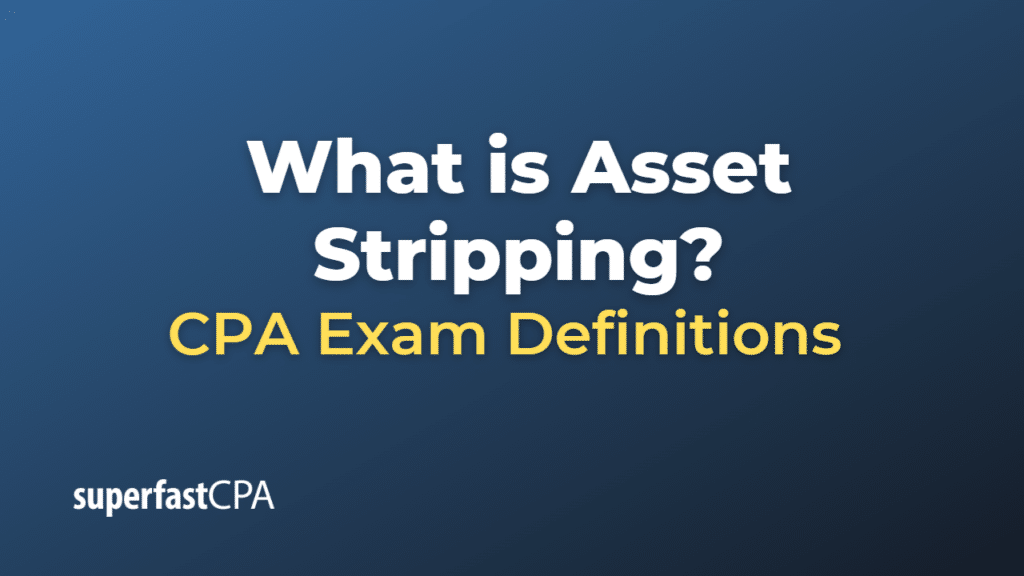Asset Stripping
Asset stripping is a business practice in which a company or an individual acquires a target company with the primary intent of selling off its valuable assets, rather than focusing on the long-term growth and development of the acquired company. The purpose of asset stripping is often to extract short-term profits from the target company at the expense of its long-term viability.
This practice is sometimes considered predatory and controversial, as it can lead to the loss of jobs, reduction in the target company’s value, and disruption in the overall market. Asset stripping typically occurs when the acquirer believes that the sum of the individual parts of the target company is worth more than the company as a whole.
Example of Asset Stripping
Let’s consider a hypothetical example to illustrate asset stripping:
Company X is a well-established manufacturing company that owns a large factory, several warehouses, and a fleet of delivery trucks. The company has been facing financial difficulties due to increased competition and a decline in demand for its products.
Company Y, an investment firm, identifies that the sum of the individual assets of Company X is worth more than the company as a whole. Company Y acquires Company X with the intention of engaging in asset stripping.
After the acquisition, Company Y takes the following steps:
- Sells the large factory to a real estate developer at a premium price.
- Liquidates the warehouses and sells them to another logistics company.
- Sells the fleet of delivery trucks to a transportation company.
- Lays off a significant portion of Company X’s workforce to reduce operational expenses.
- Shuts down the struggling manufacturing division of Company X.
In this example, Company Y has generated substantial short-term profits by selling off Company X’s valuable assets. However, this practice has resulted in the loss of jobs for Company X’s employees, the closure of its manufacturing division, and potentially a negative impact on the overall market in which Company X operated. This is an example of asset stripping, where the acquirer focuses on extracting value from the target company’s assets rather than investing in its long-term growth and development.













